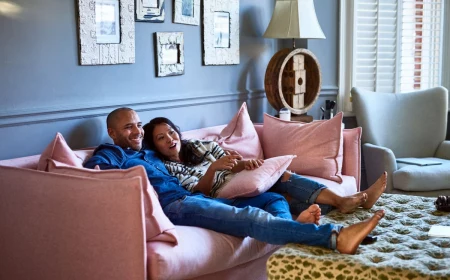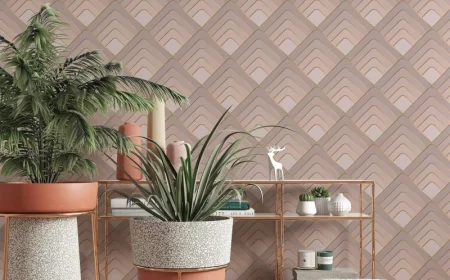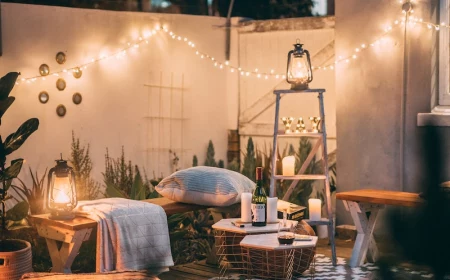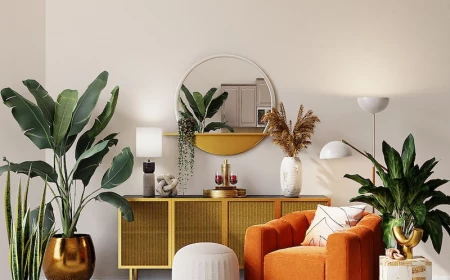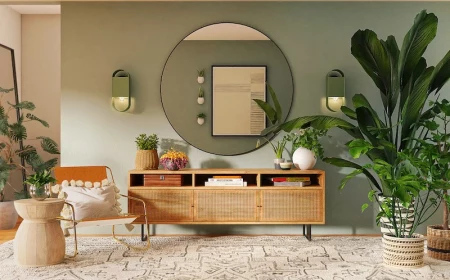The Only Guide You Need for Carpet That Actually Hides Dirt and Stains
I’ve been on my hands and knees with flooring for more years than I can count. From sprawling luxury homes to bustling little offices, I’ve seen what works and, more importantly, what really, really doesn’t. And you know the number one question I get from homeowners? It’s always some version of, “What carpet will still look good after my kids and dog have their way with it?”
In this article
It’s a fantastic question. You’re about to spend a good chunk of money on your floors, and the last thing you want is a beautiful new carpet that looks like a worn-out mess in six months. A lot of people walk into a showroom, find a swatch of brown or gray they like, and call it a day. But that’s a huge mistake.
Honestly, choosing a carpet that can handle real life is a bit of a science. It’s about how color, light, and texture play together to create a kind of camouflage. A cheap, solid-color carpet will betray you in a heartbeat, even if the color seems practical. In this guide, I’m going to pull back the curtain and show you how a pro thinks. Let’s get you a floor you’ll love for years, not just for the first week.
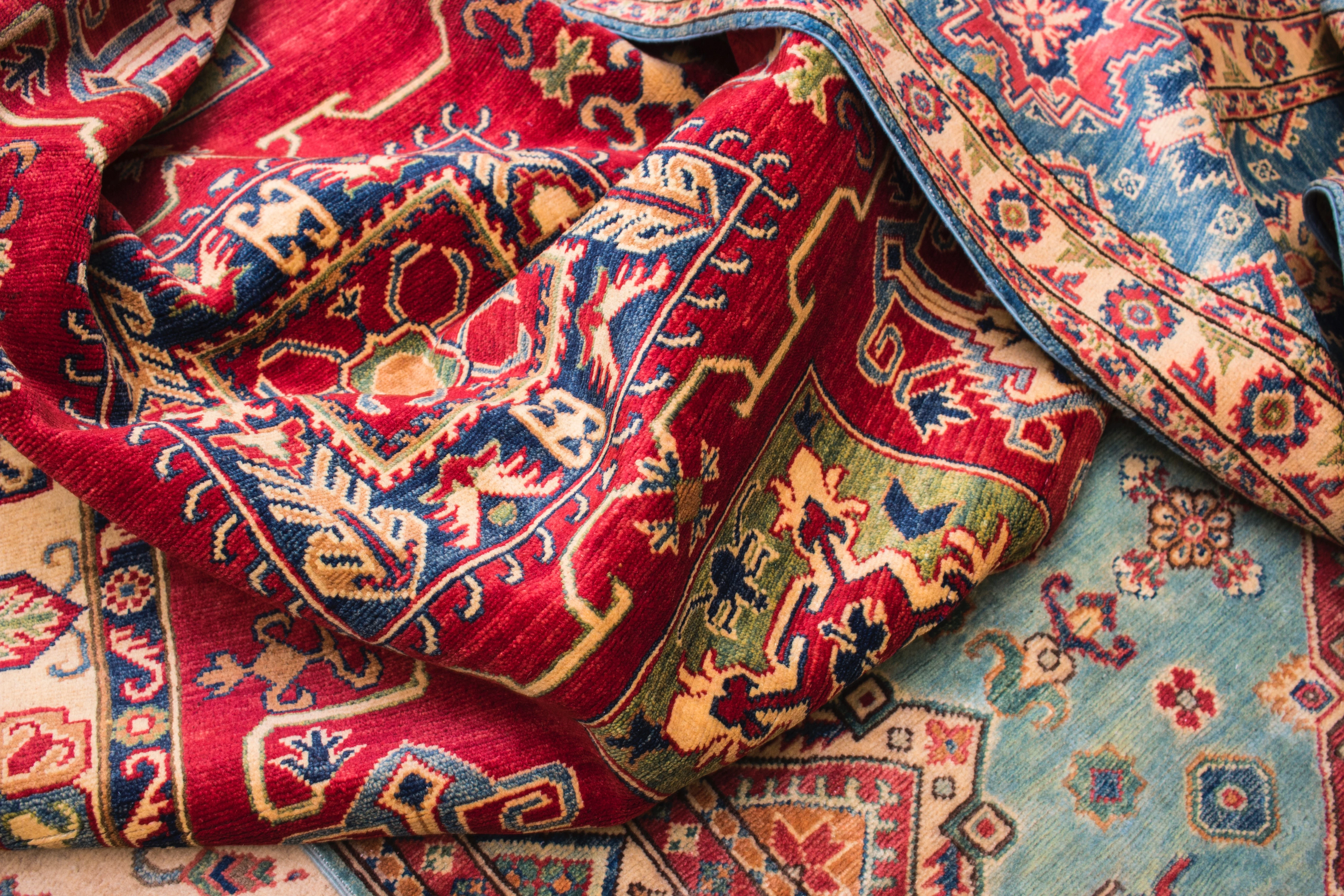
First Things First: Why Some Carpets Look Dirty Instantly
Before we even talk about colors or brands, you have to get this one concept down. It’s not about finding a magic color; it’s about visual disruption. Think about a shiny black car versus a silver one. Every single speck of dust and every water spot screams for attention on the black car, right? The silver car can be dusty for days and still look pretty clean from a distance. Carpet is exactly the same.
- Solid Dark Carpets: A solid navy blue, charcoal, or dark brown carpet is your shiny black car. You’d think it would hide dirt, but it does the opposite. It creates a dark, uniform background where every piece of lint, light-colored pet hair, crumb, and speck of dust stands out like a neon sign.
- Solid Light Carpets: And the cream, off-white, or light beige? That’s your pristine white car. It has the reverse problem—every dark footprint, every drop of coffee, every bit of tracked-in mud becomes the main event.
The secret isn’t just picking a mid-tone. The single most powerful weapon in the fight against visible dirt is variation.
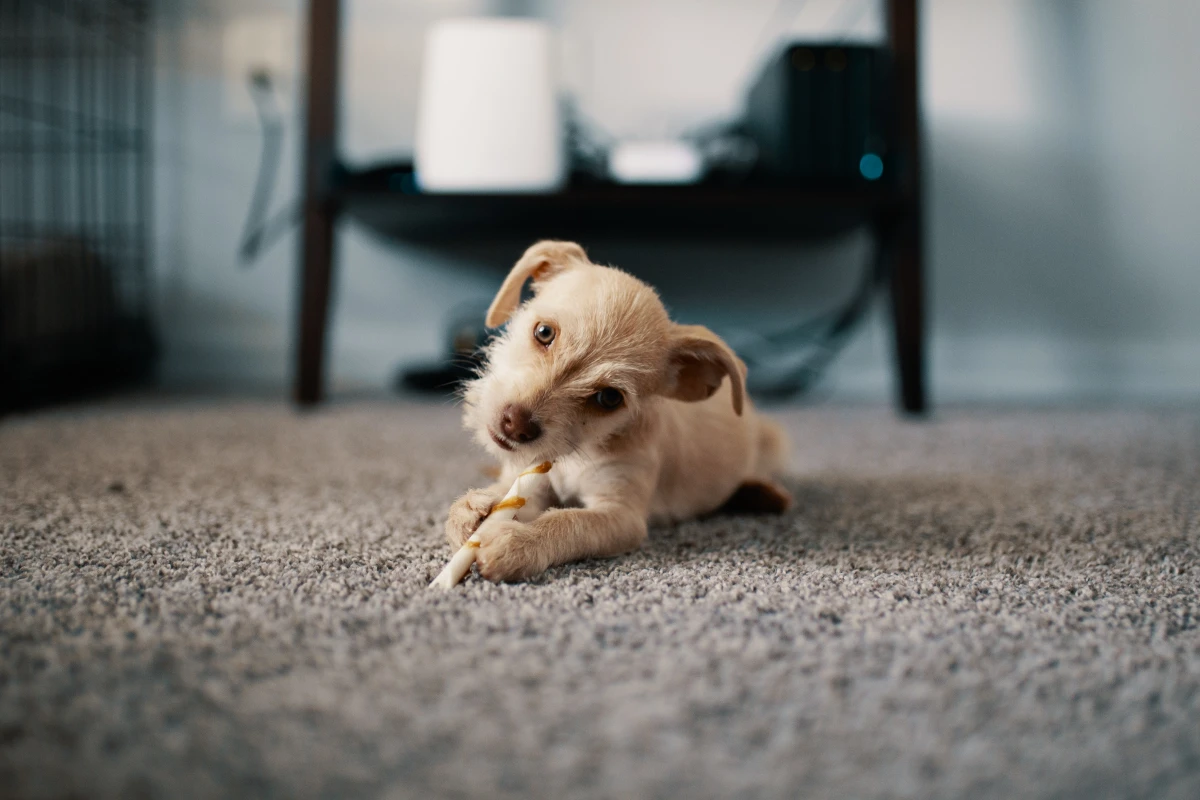
My top recommendation for 9 out of 10 families is a carpet with a heathered or tweed look. This means multiple shades of the same color family are woven together—think light gray, medium gray, and a touch of charcoal all in one. That subtle blend of tones is incredibly forgiving. A little bit of dirt just gets lost in the mix. Another great option is a flecked style, often found in Berber carpets. This is usually a neutral base color, like beige, with specks of brown and black woven in. Those flecks are literally designed to look like common household dirt, so they camouflage it perfectly.
It’s Not Just Color: The Stuff That Really Matters
Okay, so you’re on board with a multi-tonal look. Awesome. But if you choose that perfect color in a low-quality fiber, you’ll just have a different problem: ugly, matted-down traffic lanes in a year. The fiber and construction are just as important as the color.
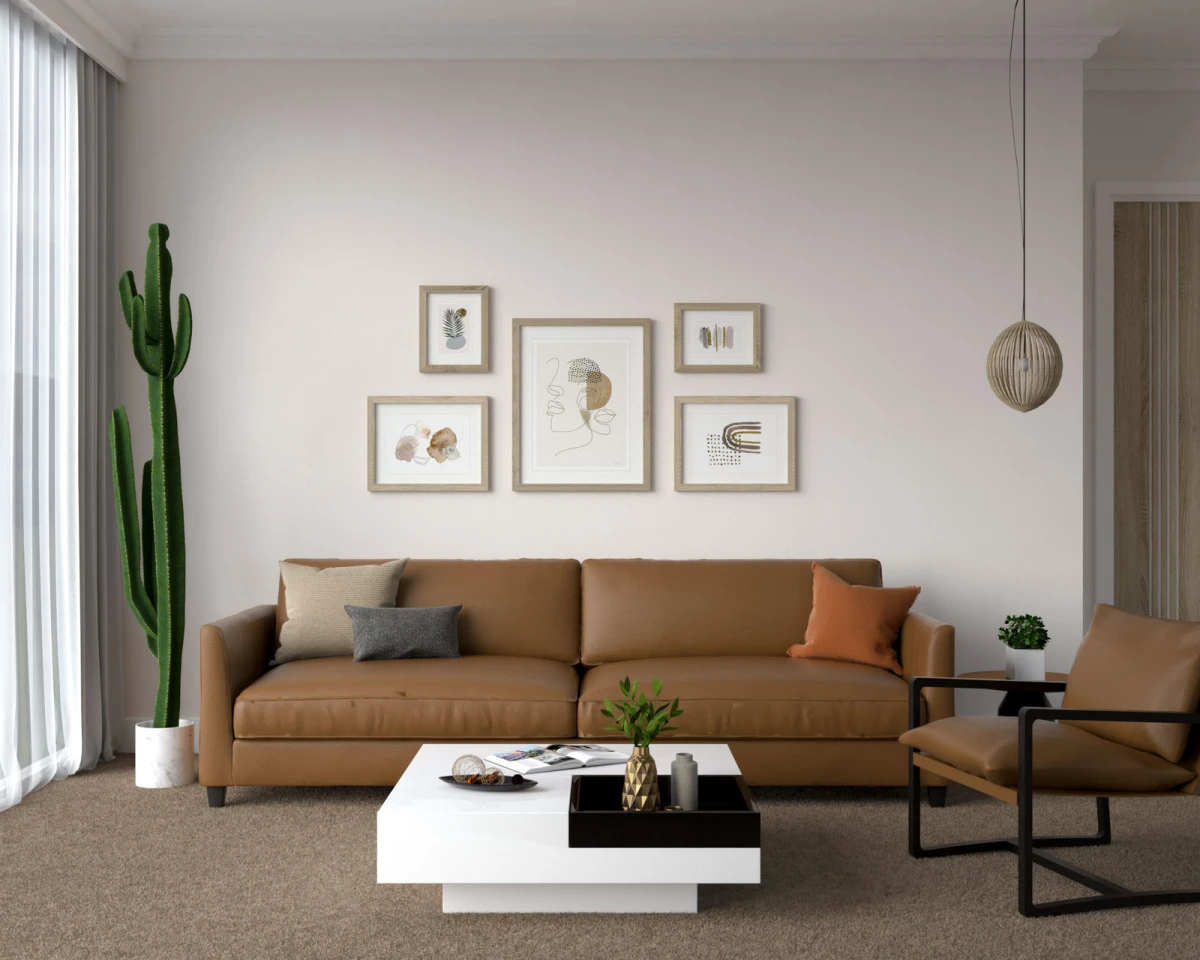
Let’s Talk Carpet Fibers (and What They’ll Cost You)
This is where the rubber meets the road. Different materials perform very differently, and the price often reflects that. Heads up: all prices are for the carpet only and don’t include the pad or installation, which can add another $2-$4 per square foot.
- Nylon: This is the industry’s workhorse for a reason. It’s incredibly durable and resilient, meaning it bounces back from foot traffic instead of getting crushed flat. For top-tier performance, look for solution-dyed nylon. This is a process where the color is mixed into the fiber while it’s still a liquid, so the color goes all the way through. It’s not just a surface dye. This makes it insanely resistant to stains (even bleach!) and fading. Brands like Stainmaster and Shaw’s Anso Nylon are famous for this. It’s the most expensive synthetic, but in a busy house, it’s worth it. Expect to pay $3.50 to $7.00+ per square foot.
- Polyester (PET): Modern polyester has come a long way. It’s naturally super resistant to water-based stains (think juice and soda), which is a huge plus for families. Many are also made from recycled materials, which is cool. The historic weakness of polyester was its lack of resiliency compared to nylon, but new versions from brands like Mohawk are much better. The main catch? It tends to attract and hold onto oily stains, like body oils or grease from the kitchen. Quick tip: a simple mix of a few drops of clear dish soap in warm water is your best friend for tackling these spots. It’s a great mid-range option, typically running $2.00 to $4.50 per square foot.
- Wool: Wool is the luxurious, natural option. Its fibers are opaque and complex, which means they hide dry soil exceptionally well. It can hold a lot of dust without looking dirty at all. The downside is its absorbency and cost. It’s like a sponge for certain spills, especially acidic ones like red wine or pet accidents, so you have to act FAST. It also requires special cleaning methods. Honestly, it’s a fantastic choice for a bedroom or formal living room, but I’d hesitate to put it in a main hallway. The price reflects its premium nature, usually starting around $8.00 and going up to $20.00+ per square foot.
- Olefin (Polypropylene): This is your budget king, often found in loop (Berber) carpets. It’s practically waterproof, won’t stain from most spills, and is very fade-resistant. So what’s the catch? It has terrible resiliency. It crushes easily and will show permanent traffic lanes in high-traffic areas. It also has a low melting point, so dragging furniture across it can literally melt the fibers. It’s a solid choice for a low-traffic basement or guest room. You can find Olefin for $1.50 to $3.00 per square foot.
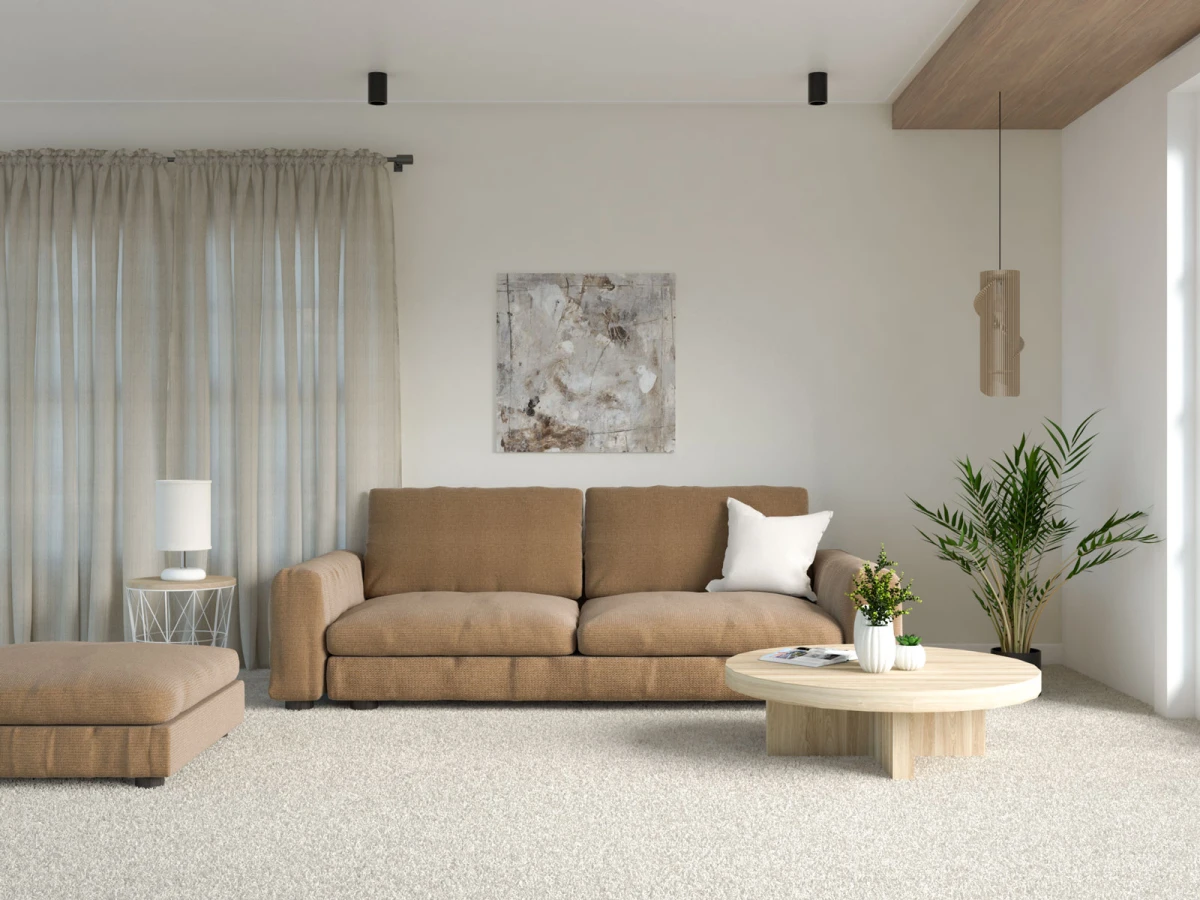
A Quick Word on Construction
The way those fibers are put together matters too. A cut and loop style is one of the best for hiding everything. It combines cut fibers and looped fibers to create a subtle pattern or texture. That texture does a fantastic job of masking footprints and dirt, giving you a great balance of soft feel and durability.
The Unsung Hero: Your Carpet Pad
Seriously, do not skim this section. Skimping on the carpet pad is the most common mistake I see homeowners make. A good pad is like the suspension on your car—it determines the ride, protects the vehicle from bumps, and makes the whole system last longer. A cheap, flimsy pad will make even a high-end carpet feel thin and will cause it to wear out much faster.
Here’s what you need to know:
- Focus on Density, Not Thickness: The key metric is the weight, or density, measured in pounds. A 6-pound pad is minimum, but I almost always recommend an 8-pound pad for most residential homes. It provides the perfect balance of comfort and support. For a super-luxe feel in a bedroom, you could go up to a 10-pound pad, but 8 is the sweet spot.
- What It Costs: A quality 8-pound rebound pad will typically run you between $0.75 and $1.25 per square foot. It’s a small price to pay to protect your bigger investment in the carpet itself.

Your In-Store Cheat Sheet: The 5-Minute Showroom Test
When you’re at the store, don’t just trust the little square sample. Grab the biggest one they’ll let you take and put it through its paces right there. I call this the pro’s reality check:
- The Crumb Test: Ask for some dark and light-colored debris. (If they don’t have any, sneak some lint from your pocket.) Sprinkle it on the sample. Does it jump out at you, or does it kind of disappear into the pattern? This tells you everything about its camouflage ability.
- The Crush Test: Bend the sample in half with the pile facing out. Can you see the backing easily? A denser, well-made carpet won’t show its foundation so readily. Then, press down hard with your thumb for 10 seconds. Does it spring back quickly, or does it leave a deep, slow-to-recover divot? This is a great test of its resiliency.
- The Snag Test (for Loop/Berber): Gently drag a key or a paperclip across the surface. Does it catch easily on the loops? If you have pets with claws, a carpet that snags easily can be a disaster waiting to happen.
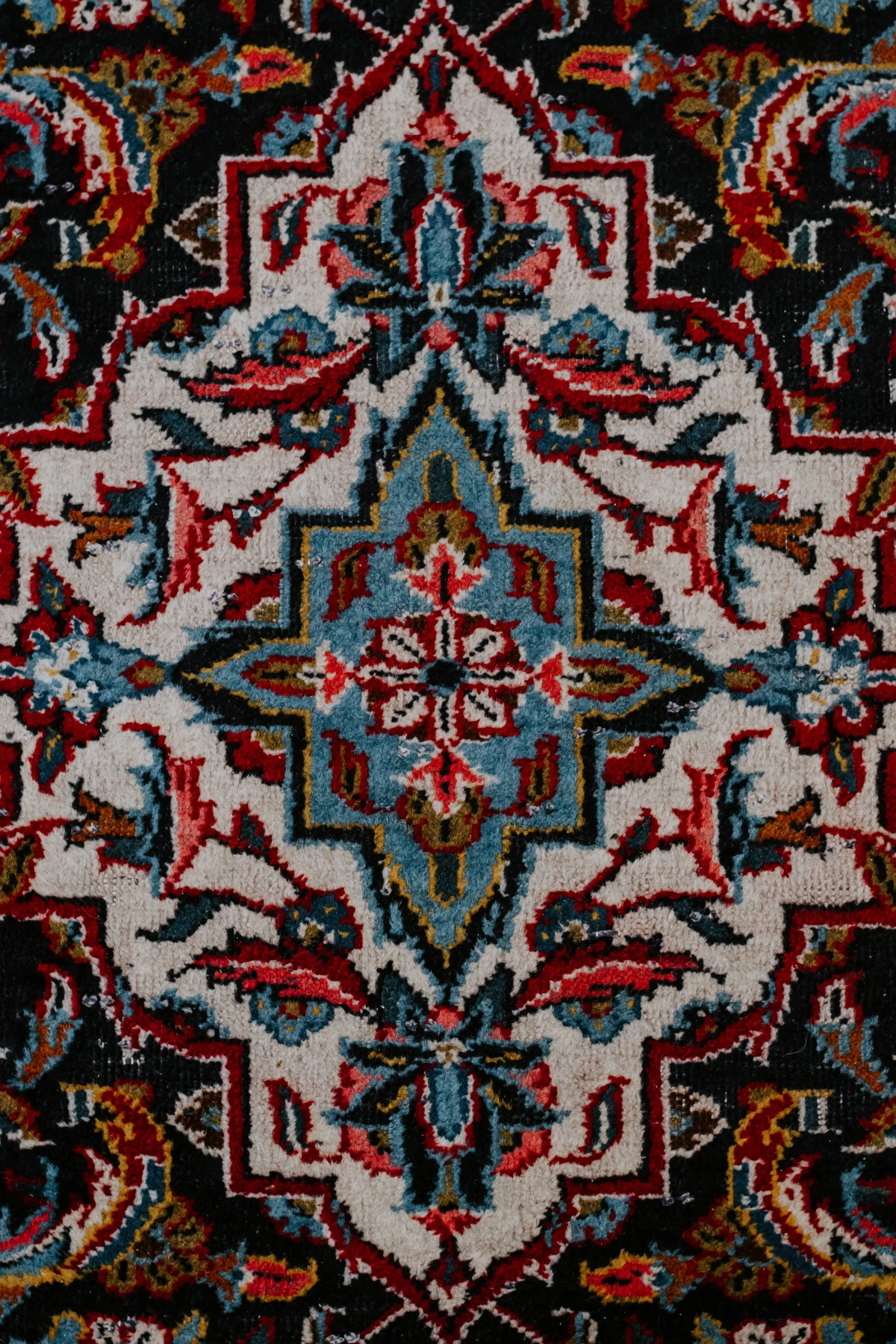
A Final Word on Warranties and Installation
One last bit of insider info. Those “25-Year Wear” warranties can be a little misleading. “Wear” in warranty terms often means the fibers have physically worn away by more than 10%, which almost never happens with modern carpets. It usually does not cover matting, crushing, or things looking worn-out and ugly. Similarly, stain warranties often have a ton of exclusions (pet stains are a common one). The warranty is a nice-to-have, but your best protection is choosing the right fiber and color in the first place.
And please, get it professionally installed. We use special tools like power stretchers to get the carpet taut. A loose, DIY installation will bubble and wrinkle, creating trip hazards and voiding your warranty. It’s a job best left to the pros.
The Pro’s Shopping List
Feeling overwhelmed? Don’t be. When you walk into the store, here’s what you should have in mind:
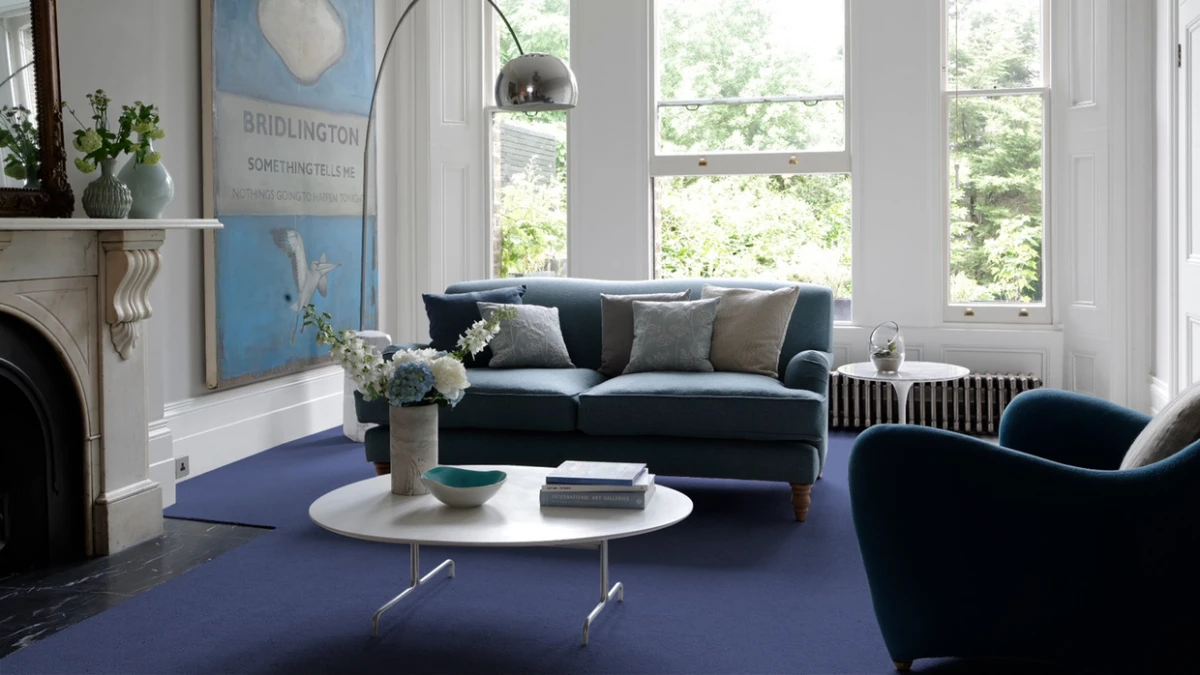
- Look for variation: Ask to see heathered, tweed, or flecked styles.
- Prioritize the fiber: For high-traffic areas, start with solution-dyed nylon. For a good balance of value and stain resistance, look at high-quality PET polyester.
- Consider the construction: A cut-and-loop style is a fantastic all-around choice.
- Don’t forget the foundation: Insist on a quality 8-pound rebound pad.
Take the big samples home. Lay them down in the actual room and look at them in daylight and at night under your lights. A little hands-on research is the absolute best way to make a choice you’ll be happy with for a long, long time.
Inspiration:
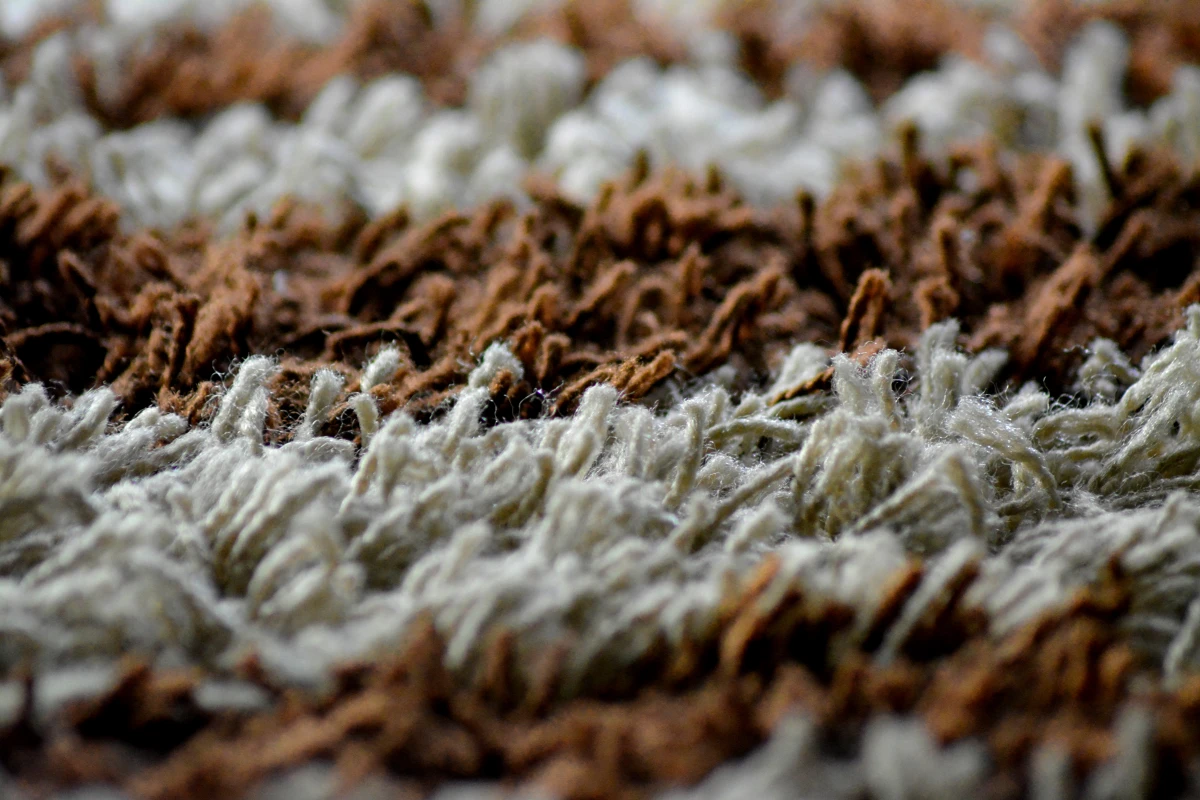
Beyond the pattern, what’s the carpet actually made of?
The fiber you choose is just as critical as the color for long-term satisfaction. The two most common choices each have their own superpowers.
Nylon: Think of it as the undisputed champion of resilience. Nylon fibers have incredible memory, meaning they bounce back from heavy foot traffic and furniture indentations far better than other materials. Brands like Shaw Floors often feature advanced nylon with built-in stain protection, making it a workhorse for hallways and busy family rooms.
Polyester (PET): This fiber’s strength is its inherent stain and fade resistance, plus it has a wonderfully soft feel. Modern versions, like Mohawk’s SmartStrand made from corn sugar, offer exceptional performance and are often crafted from recycled materials. While traditionally less resilient than nylon, today’s high-quality polyesters are a fantastic, budget-friendly option for bedrooms and lower-traffic spaces.

